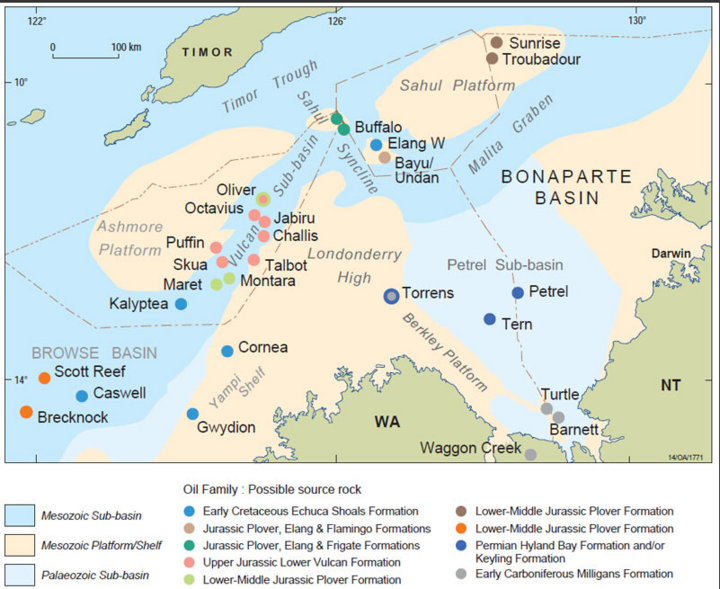INPEX has announced the formation of a new partnership with Japanese Chubu Electric Power aimed at assessing the feasibility of establishing a cross-border carbon capture and storage (CCS) value chain.
The study focuses on capturing CO2 in Japan and transporting it from the Port of Nagoya in Aichi Prefecture to offshore reservoirs in Australia's depleted Bonaparte Basin storage.
In 2022, INPEX and its joint venture partners - TotalEnergies and Woodside Energy - secured a greenhouse gas (GHG) storage assessment permit, G-7-AP, which spans 27,500 square kilometres in the Bonaparte Basin off the NT's northwestern coast.

According to Geoscience Australia, the Bonaparte Basin consists of 14 structural elements, including the Vulcan Sub-basin, Laminaria-Flamingo High and northern Sahul Platform, which are the most prospective parts.
The INPEX-led consortium aims to begin CO2 injection around 2030, which could potentially become a key component of the Darwin-based carbon capture, utilisation and storage (CCUS) Hub proposed by the NT Government.
INPEX's Ichthys LNG project would also be a natural user of this CCS solution as it seeks to reduce its GHG emissions.
According to the Japanese gas developer's Long-term Strategy and Medium-term Business Plan released in 2022, CCUS is one of INPEX's five net zero business areas and sets a target of achieving an annual CO2 injection volume of 2.5 million tons or more by around 2030.
The company also aims to provide a stable supply of diverse and clean energy sources, including oil, natural gas, hydrogen, ammonia and renewables, as a pioneer in energy transformation.
Chubu is one of Japan's biggest power utilities, serving the central region that's home to major automakers, including Toyota Motor. The utility firm is also a 50% owner of JERA, Japan's top thermal power plant operator and the world's biggest LNG importer.
The Carbon Capture Utilisation and Storage Network Australia (CCUSNA) has been contacted for comment.
Inpex locks in approval to start CCS drilling plans
Late last year, Australia's offshore regulator gave INPEX the green light to begin its CCS drilling program in the Bonaparte Basin.
Geoscience Australia believes the Bonaparte CCS project could inject between 2 million and 7 million tonnes per year, but that it could come online in 2026, a year earlier than Santos' Bayu-Undan project.
Inpex has identified two saline reservoir-seal pairs with a storage capacity of 15.9 gigatonnes, or 300 trillion cubic feet of CO2.
Source: Energy News Bulletin
